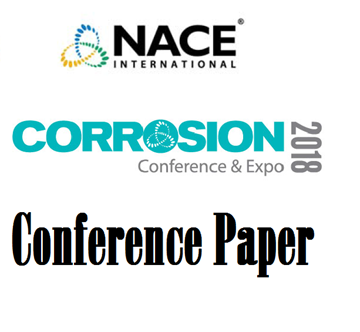Search
Microbiologically Influenced Corrosion In A Gas Storage Well
Also Purchased
04049 Well Casing Cathodic Protection Utilizing Pulse Current Technology
Product Number:
51300-04049-SG
ISBN:
04049 2004 CP
$20.00
51318-10655-Well Casing CP - Design Issues & Case History
Product Number:
51318-10655-SG
Publication Date:
2018
$20.00
51318-11148- Finite element modeling of cathodic protection for well-casing through seawater, sea mud and rock
Product Number:
51318-11148-SG
Publication Date:
2018
$20.00
Recently viewed




